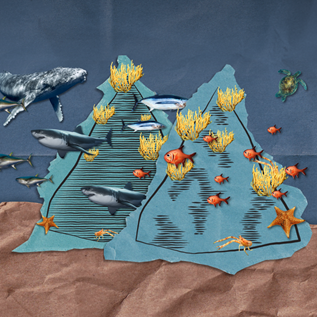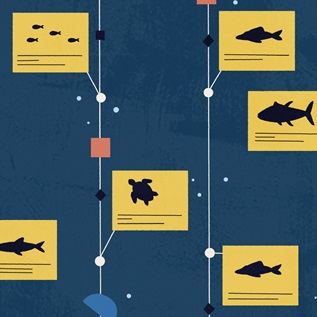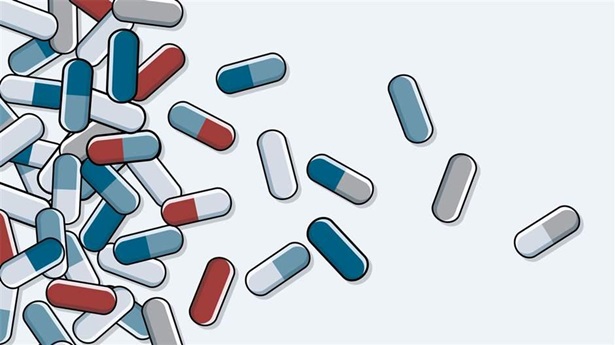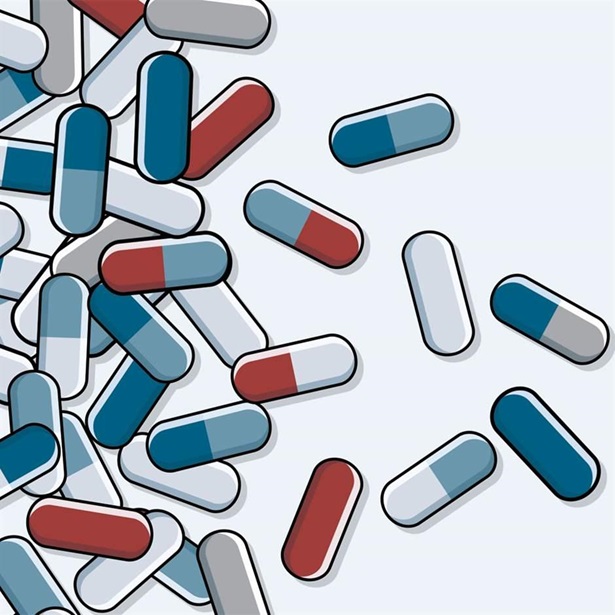Catch Reconstruction: Finding the Missing Fish
 Getty Images
Getty ImagesFisheries data collected around the world largely exclude smaller types of catch, including artisanal, subsistence, and discards.
Industrial fishing is big business. Official global statistics show that commercial operations take approximately 80 million metric tons of fish from the oceans each year. However, as scientists uncover the extent of small-scale fishing—which often goes unreported—this amount may actually be much larger.
According to a study, published Jan. 19, 2016, most countries focus their data collection efforts on industrial fishing, in part because small-scale operations can be difficult to track. The resulting data largely exclude smaller types of catch such as artisanal, subsistence, and illegal fishing, as well as discards, masking the true extent of fishing worldwide.
One promising approach, described in the study is to better capturing the scale of fishing around the world is “catch reconstruction,” which offers estimates using an array of sources and methods.
This video is hosted by YouTube. In order to view it, you must consent to the use of “Marketing Cookies” by updating your preferences in the Cookie Settings link below. View on YouTube
This video is hosted by YouTube. In order to view it, you must consent to the use of “Marketing Cookies” by updating your preferences in the Cookie Settings link below. View on YouTube
Additional Resources
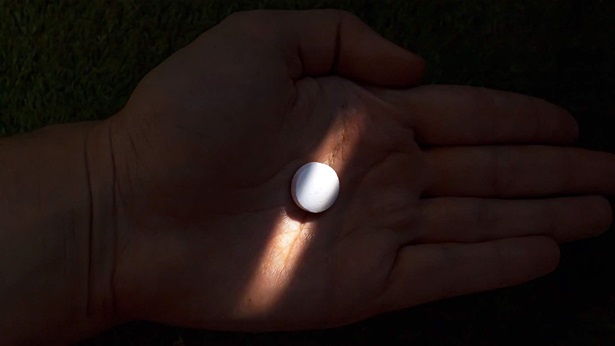
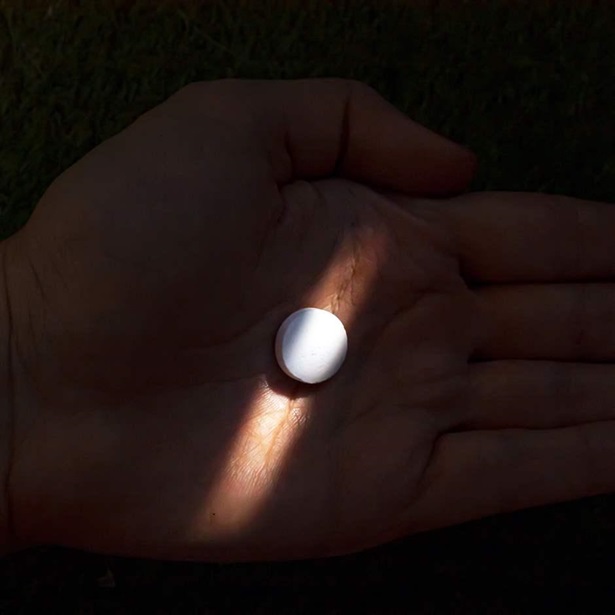
America’s Overdose Crisis
Sign up for our five-email course explaining the overdose crisis in America, the state of treatment access, and ways to improve care
Sign up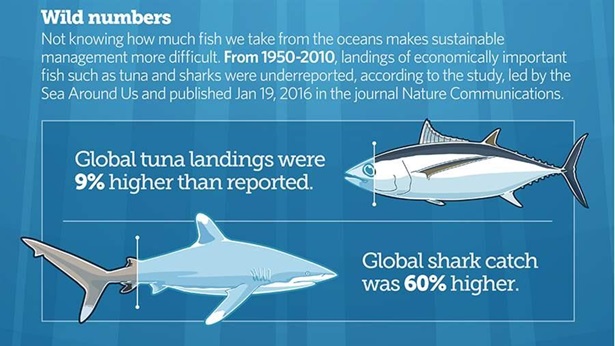
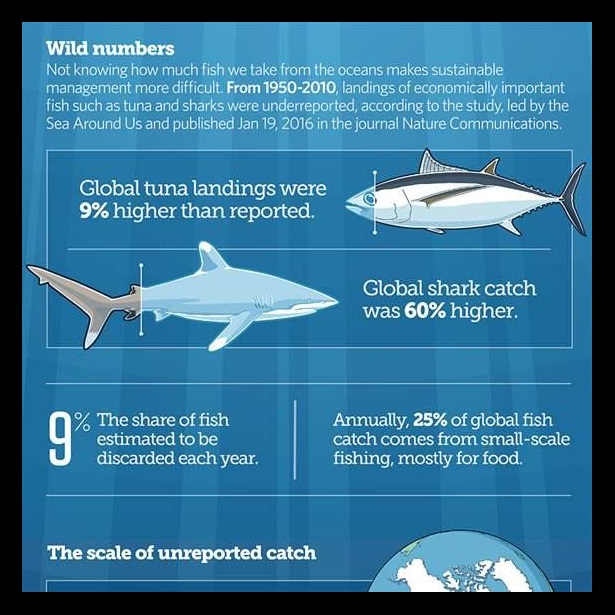
Quelle quantité de poissons pêchons-nous réellement ?
Prise en compte des captures mondiales non déclarées
